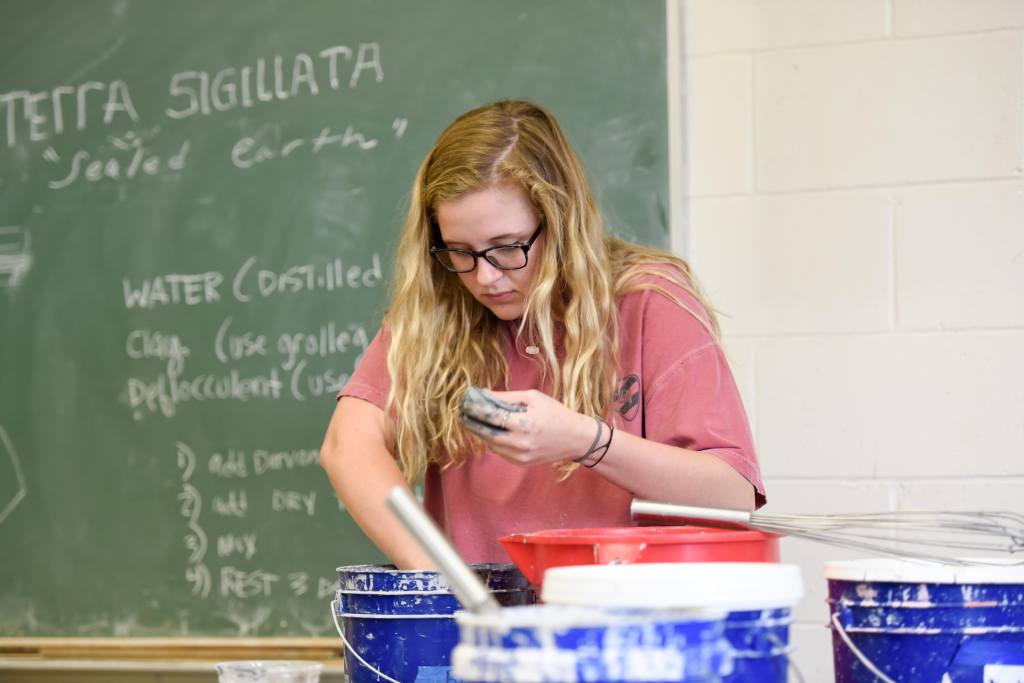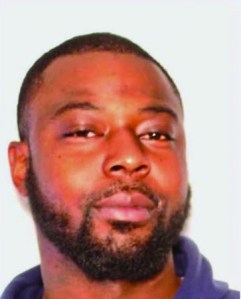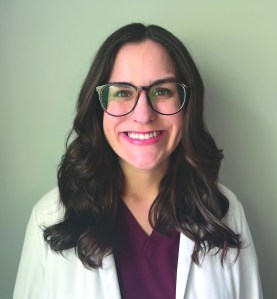Davis House presents art exhibit, tackles issues of race
Published 2:15 pm Monday, November 20, 2017

- Junior fine arts major Brianna Hall works on a sculpture in the GC ceramics lab.
Georgia College’s Sallie Ellis Davis House is presenting a new student art exhibition.
Trending
For more than 50 years from the mid-1890s nearly until her death in 1950, Sallie Davis dedicated her life to teaching black students at Milledgeville’s Eddy School. Despite the poverty and oppression most of her students faced, Davis gained a reputation for inspiring her pupils to pursue their dreams regardless of the color of their skin. Today Davis’s legacy lives on at the site of her former home, where curators and students of Dr. Sandra Trujillo have partnered to present “Exploring Race: A Student Exposition.”
“One day, Sandra’s class was sketching on the [Governor’s] Mansion lawn and I was new at the time, so I walked out, said hello, and introduced myself,” said Kierstin Veldkamp, curator of Education and Public Engagement for the Davis House and the Old Governor’s Mansion. “I asked if she would be interested in partnering with us to do an exhibit, and we found out that she had been talking about some of the same topics and had actually done a lesson on slave brick making, so we decided to put something together.”
Featuring works created by Dr. Trujillo’s students throughout the spring, summer and fall, “Exploring Race” features nearly 50 works dealing with issues of race, society, and gender. Made possible by a “mini grant” from GC’s ENGAGE outreach office, the exhibit has also given a platform to one of its unlikely stars.
“I’m an accounting major, so I actually shouldn’t even be here,” joked GC senior Carlie Gilbert. “I had a couple extra hours that I needed to take, and I’d always wanted to take some art classes, so it worked out well at the end of my undergrad career that I could take a couple. To be a part of an exhibit where my work is being auctioned off has been really cool, and I’m very honored.”
One of Gilbert’s pieces, titled “Indians,” depicts the head of Chief Wahoo, the mascot of the Cleveland baseball team, set on top of two realistic-looking Native Americans on horseback. The image highlights the cartoonish quality of depictions of Native Americans in modern-day sports and pop culture, and serves to illustrate how far these depictions stray from the native people that “inspire” them. While the image itself is a more-than effective reminder of the absurdities of Native American caricatures, an interesting coincidence revealed another layer of Eurocentrism well after Gilbert painted the final stroke.
“One element of my painting that I didn’t realize until after I was finished is that the reference photo I was going off of was taken from a photographer named Edward Curtis,” she said. “He was a mid-century photographer who was heavily criticized for posing Native Americans the way he thought they should be posed. The bridles in the image actually weren’t traditionally Native American, and I didn’t even know it until [Dr. Trujillo] brought it to my attention.”
Trending
With the majority of Exploring Race’s 34 ceramics and 12 two-dimensional pieces up for sale through the last day of the exhibit Dec. 6, proceeds will go to benefit the Tina Yarborough Endowment, a scholarship fund for art students in memory of the late GC art professor. In addition to the pieces created and donated by Dr. Trujillo’s students, the associate professor of ceramics personally created a ceramic bowl for visitors to write their names, leave drawings, or provide their reflections on the exhibit. The interactive piece will become part of the Davis House’s collection after the exhibit’s conclusion, and serves as a unique way for visitors to share their thoughts on the Exploring Race works. The house’s curators said the exhibit has already drawn an uncharacteristically large crowd to Sallie Davis’s former home, and called it an excellent way to carry on Davis’s legacy on racial issues.
“We’ve talked multiple times about the value of using art to talk about these difficult subjects,” said Davis House curator Molly Randolph. “It almost speaks to a different part of the brain when you can see it visually, and you realize that you can process it internally in a way that words don’t.”





